The Urban Lens: The quest to document every diner in NYC
See Riley's photos here
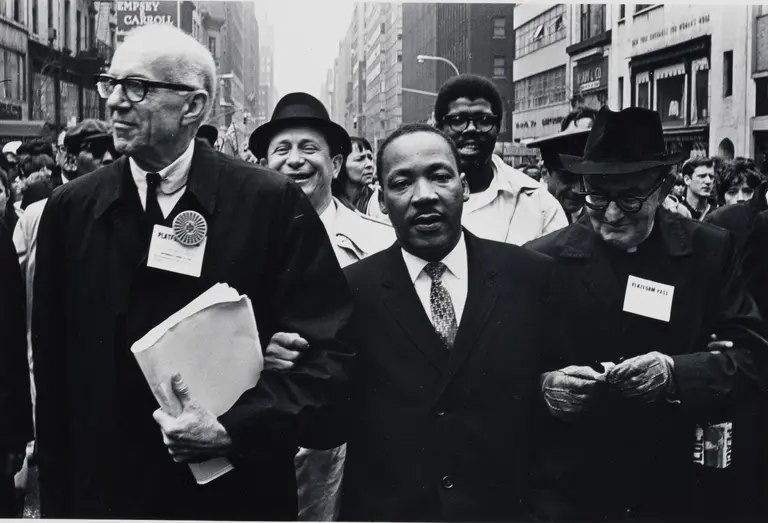
Dr. Benjamin Spock, Dr. King and Monsignor Rice of Pittsburgh march in the Solidarity Day Parade at the United Nations building (April 15, 1967);Photo by Benedict J. Fernadez, courtesy of MCNY
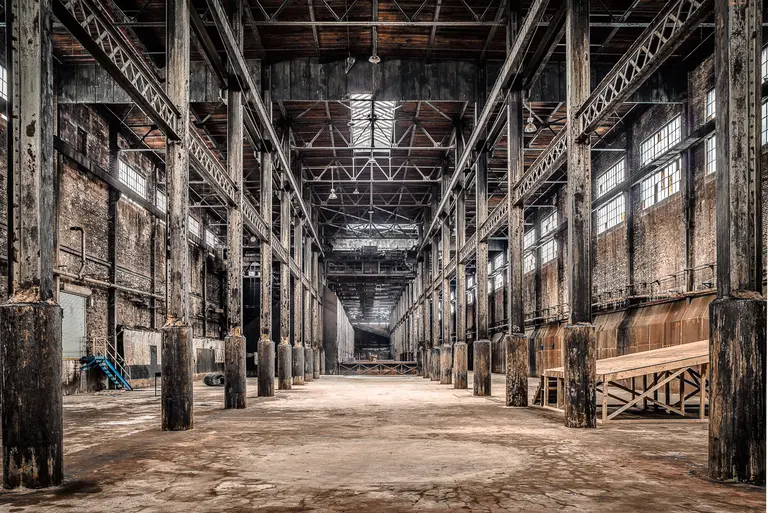
All photos © Paul Raphaelson
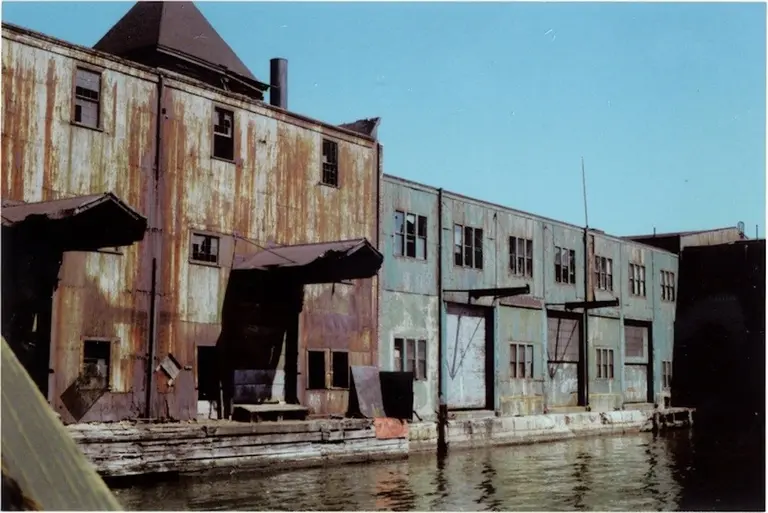
Abandoned buildings along the Christopher Street Pier. Ca. 1974. © Jack Dowling Collection for GVSHP.

All photographs © James and Karla Murray for 6sqft
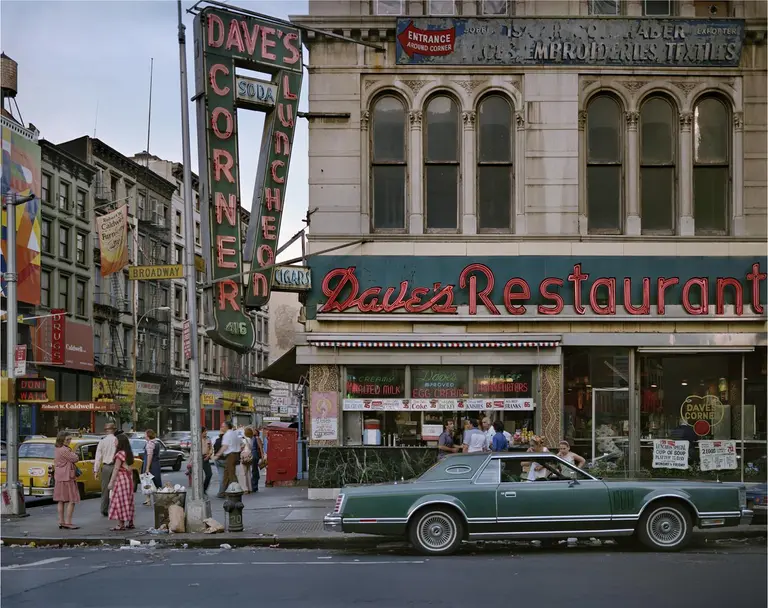
Dave’s Restaurant, New York, 1984. © Wayne Sorce courtesy of the Joseph Bellows Gallery
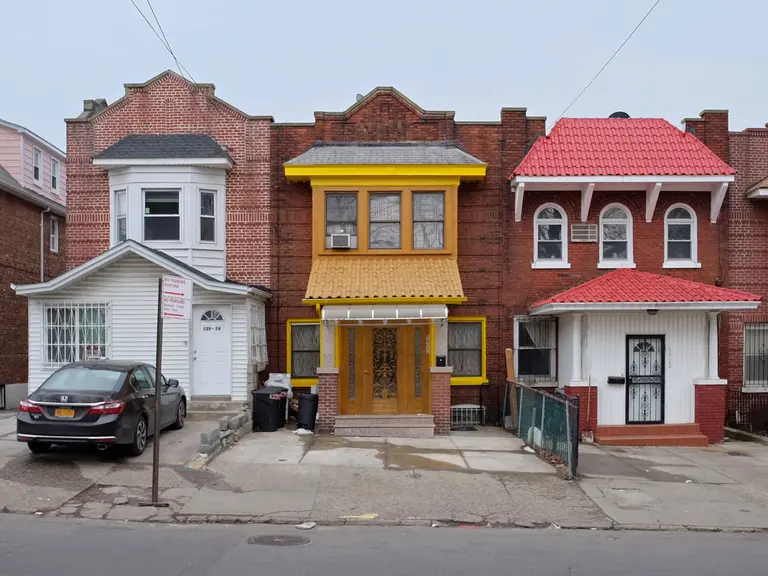
Eclectic Row. Briarwood, NY. 2017. © Rafael Herrin-Ferri
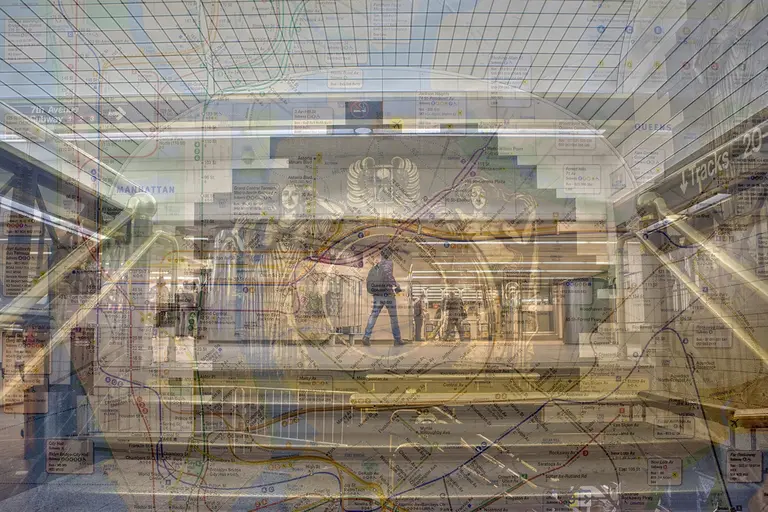
6sqft’s series The Urban Lens invites photographers to share work exploring a theme or a place within New York City. In this installment, photographer Zach Gross presents his series “Penn Station.” Are you a photographer who’d like to see your work featured on The Urban Lens? Get in touch with us at [email protected].
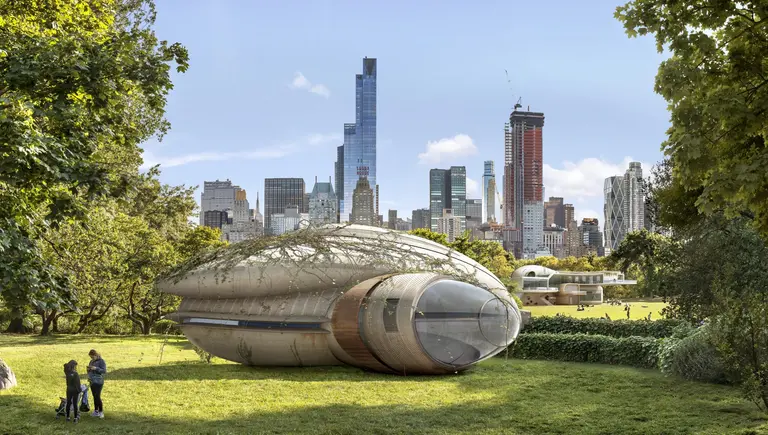
Image © Dionisio González